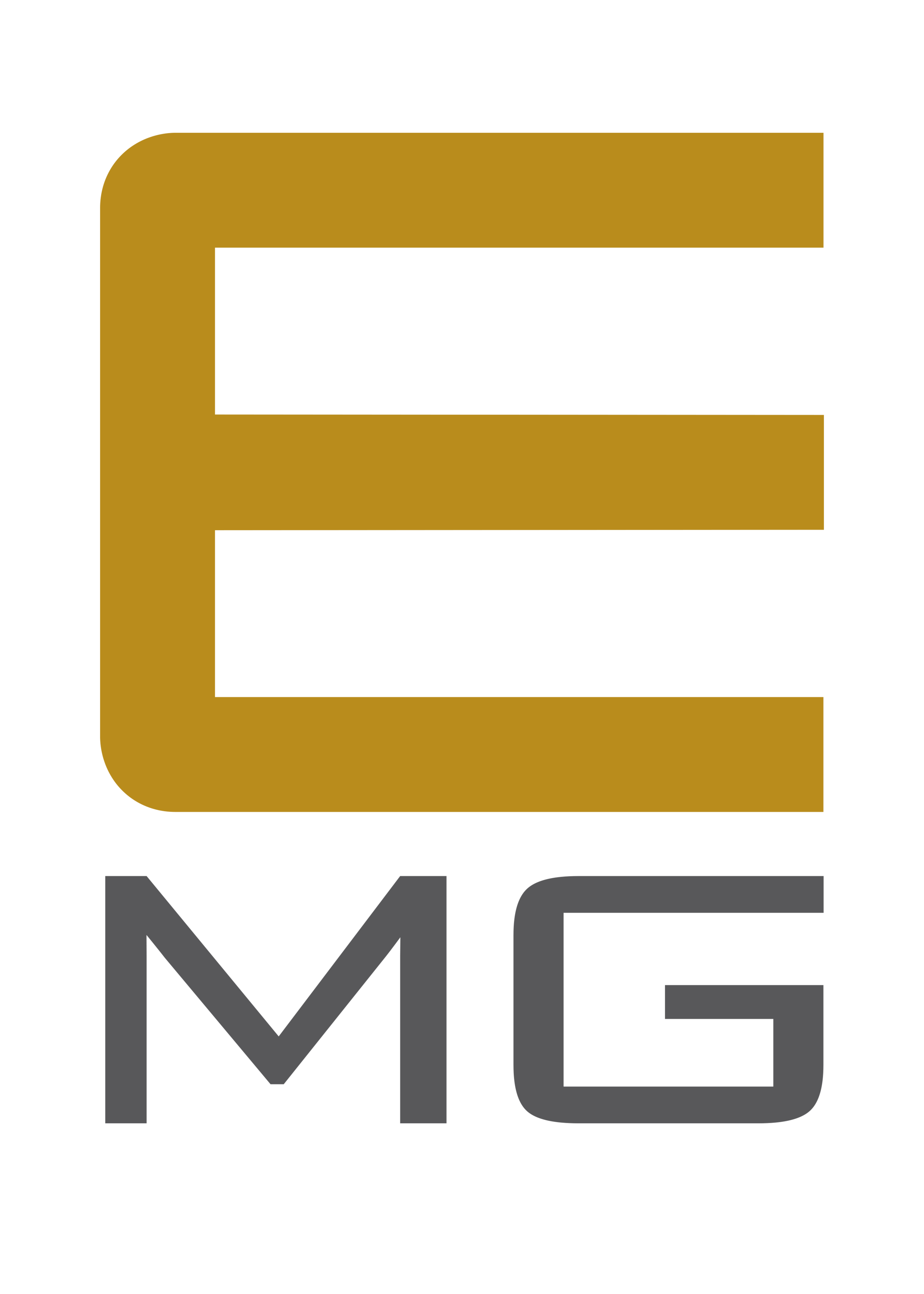Five DEI Best Practices Your Organization Can Win With
From the Desk of Jevon Bolden, CEO
On Thursday, August 12, 2021, I had the pleasure of joining Ed Gilbreath, VP of Strategic Partnerships at Christianity Today and Tina Constable, EVP and publisher for WaterBrook and Multnomah and Convergent for a discussion around what we hope to see as members of ECPA’s newly formed DEI (diversity, equity, and inclusion) committee. Our discussion was moderated by Skot Welch, CEO of Global Bridgebuilders.
One of the questions I was invited to answer was “What are some of the ‘best practices’ in DEI you've seen in organizations you have worked for or observed?”
I was grateful that this question was put to me because I have had an exciting and varied professional life where I have seen best practices at play and where worse ones took teams of brilliant professionals out of the game.
During my almost eighteen years in book publishing, I worked for both a Christian publisher and a large mainstream children’s book publisher. Before that, I spent some of my college years working for the university I attended, a large bank for about four years, and a popular retail store.
Excavating my various experiences as an employee, I was able to distill about five best practices that I saw first-hand work incredibly well for me as a team member and leader and those that propelled the organizations I worked for into really great success.
I believe that these five best practices for DEI are ones any organization can incorporate into their culture and see phenomenal results in terms of employee satisfaction, retention, and morale; innovation and creativity; and financial stability and success.
Here are those five practices I mentioned on the panel that a company needs to implement to realize the benefits that come from diversity, equity, and inclusion:
Establish an apparent, clear, and objective path for upward mobility within your organization.
Help an employee know that, when they meet specific and measurable goals related to experience (time on the job or within an industry), education (degree, licensing, or certification), or performance (the first-year sales of the books you've acquired over the last year have equaled X-amount of dollars), a promotion is within their grasp. Help the employee know what they can realistically look forward to. Help them feel like they have some place to go/grow in an organization. At the bank, for example, we had positions like Teller I, Teller II, Senior Teller, Head Teller, etc. We knew what we had to do to be moved into those positions, including those that were higher up like Branch Manager, Vice President, Senior Vice President, and the like. It wasn’t left ambiguous. Set clear benchmarks for your team, and avoid the demoralizing moving-target experience. This helps to keep you and your org from feeling justified when the subjective and undefinable "they just weren't a fit" excuse tries to arise.
Connect incoming professionals, especially those from marginalized groups, with mentors/sponsors.
This should be a leader, who could also be an individual's boss, with whom the professional can talk openly about their aspirations, one who helps them know how to get there, one who brings them in from the "outside," acclimating them to company culture and expectations and showing them how to effectively navigate the terrain.
Encourage open and varied communication opportunities.
Specifically adjust communication avenues so that a leader’s ear is accessible to everyone, especially those who may feel invisible for any number of reasons in the main group. Maybe when closing out a meeting, you say, “If you have an idea and weren’t able to share it in today’s meeting, please email or catch me in the hall right after.” Maybe you can consider calling the names of the silent ones who look like an idea is on the tip of their tongues, but they need an on-ramp into the conversation. Be the on-ramp—anyone can do this. Exercise some EQ when doing this to avoid humiliating anyone. Learn your team, and learn what works for them.
Adjust for times when majority-rules decision-making doesn’t work.
In specific cases that involve projects that affect or reflect marginalized groups, team members who are part of those groups should be given voice and appropriate weight should be given to their input, feedback, and suggested strategies.
Measure and assess DEI within the team or organization.
Develop or employ a way to acquire reliable data in a safe and perhaps anonymous way so employees will not feel like their job security will be threatened if they answer honestly. You can’t fix what you don’t recognize as problematic. Depending on your style and company culture, the higher up you are as a leader, the less likely it is that you are getting the needed truth reported to you about how people feel working for your organization. Assessing and surveying for employee satisfaction, such as what's measured by Best Christian Workplaces but includes DEI determinants much like what’s measured in Lee & Low's Diversity Baseline Survey or assessments facilitated by Global Bridgebuilders or The Diversity Gap Academy, is important.
What do you think of this list? What are some of the best practices of DEI you’ve implemented or experienced?
